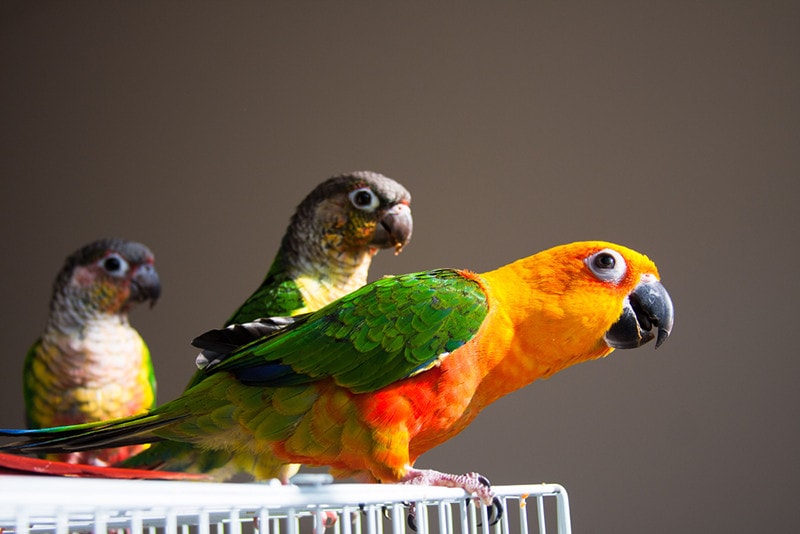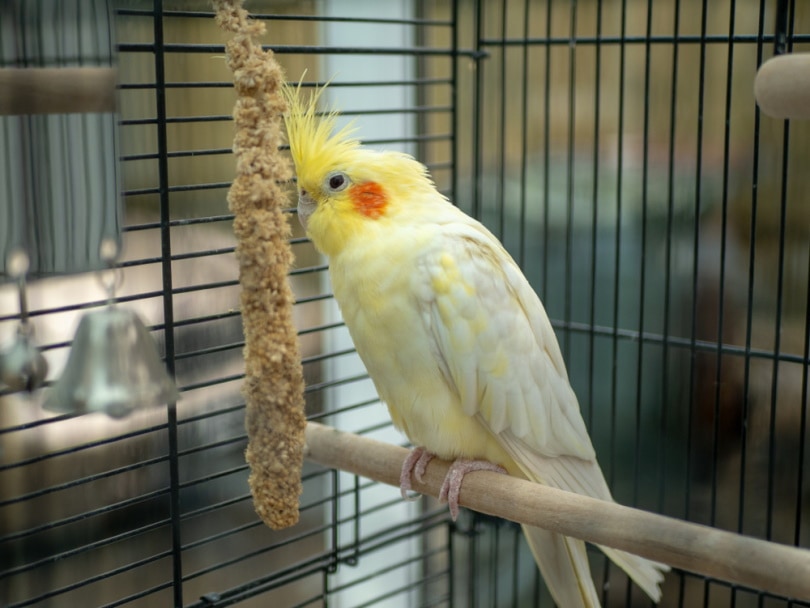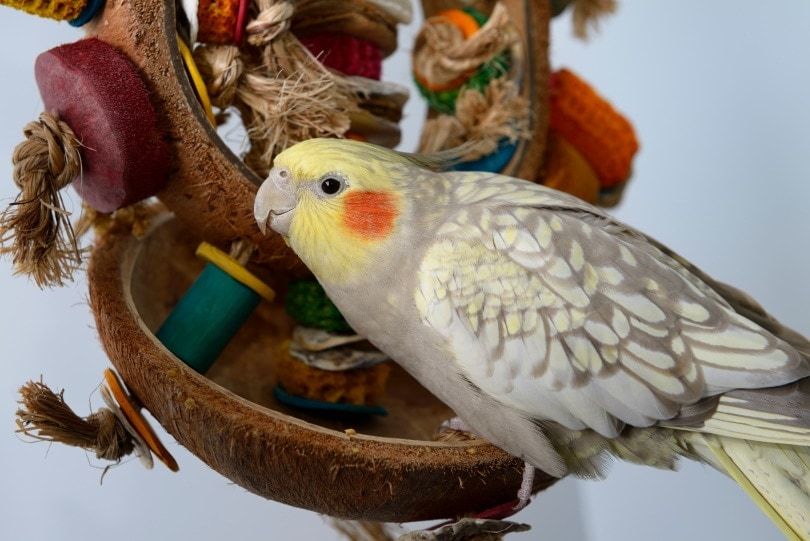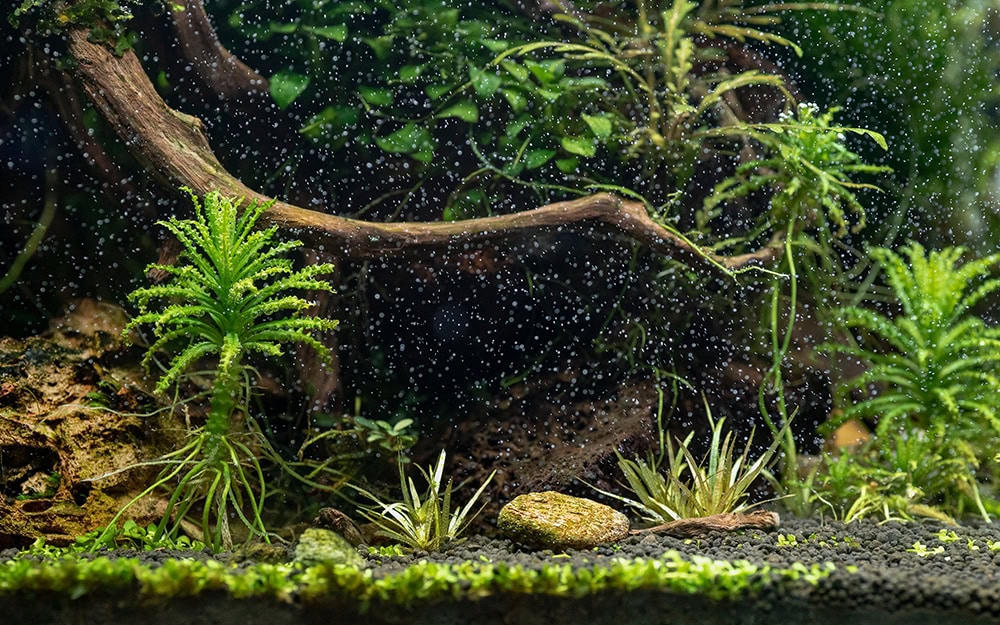Do Conures and Cockatiels Get Along? Facts & Tricks

Updated on

Conures and Cockatiels are some of the most popular pet bird species. The Cockatiel is especially popular because it is loving with its humans and is considered a docile bird, which means that it can get along very well with other birds and even other pets. Conures are also considered docile birds, but just because both species are docile birds doesn’t mean that you should just throw them in a cage together and hope they get along.
A careful introduction is required, and while they will get along in most instances, some exceptions might mean your Conure and Cockatiels will never get along. If you do keep the two species together, you will need a cage that caters to both of their requirements and preferences.
About Conures
Conures hail from South America, where they live in trees and are considered small to medium-sized Parrots. As pets, these birds are favored for their affectionate nature: they will usually get along well with their humans. They are also quite playful and need a lot of cage toys to maintain their interest and provide adequate stimulation.
Conures are docile and they prefer quiet cage mages. And, despite being smaller than Cockatiels, they have considerable beaks that could cause a lot of damage to Cockatiels.

About Cockatiels
Cockatiels are bigger than Conures. They come from Australia and spend a lot of time foraging on the ground. They are also affectionate birds that require a lot of stimulation, and one way that the Cockatiel will look to get this stimulation is by pestering and even winding up its cage mates and humans.
Although the Cockatiel is bigger than the Conure, it doesn’t have as ferocious a beak and is unlikely to be able to defend itself if it winds the Conure up to the degree that the Conure attacks.
Setting Up the Cage
If you do intend to keep Conures and Cockatiels together, you will need a cage or aviary that meets both of their needs. The biggest difference between the two species is that while the Cockatiel is a ground dweller and will spend a lot of its time on or near the base of the cage, the Conure prefers perches that are high up. This means that you need a cage that is wide enough to accommodate the Cockatiel, but tall enough that you can place elevated perches for the Conure. Ensure that you provide enough space and perches so that the birds can spend time apart. This can help prevent any fighting.
The Conure typically also requires more cage toys than the Cockatiel, so they can get plenty of activity. Offering more toys can also be beneficial because it will discourage the Cockatiel from badgering the Conure.

Introducing the Birds
You shouldn’t throw any two birds together in the same cage without properly introducing them to one another, and this is especially true of birds of different species. If the first meeting between your two birds doesn’t go well, it will make it very difficult to integrate the birds later.
New birds should also be quarantined before introducing them to existing birds. This ensures that they do not carry any diseases or parasites that might be passed on to the other bird. Quarantine your new bird for up to 45 days and don’t let the two meet or share cages.
When introducing the birds, try to do it on neutral ground, which typically means being out of their cages and in a secure room. Close all doors and windows. Even if your existing bird has no interest in escaping, if it feels threatened or stressed by the new bird, it may fly out of a window.
Initially, one or both of the birds might puff up their feathers, hiss, and be aggressive. Try to keep the first introductions short so the birds don’t get stressed and spend equal time with both. Conures, especially, can get jealous if you don’t spend enough time with them and they believe that other birds are getting more attention than they are.
After a few successful introductions, you can try putting them in an aviary together. Try to move toys and other items out of the second bird’s cage and into the new cage with them. They will recognize the items and the smell, and this will help them settle in.
Above all, don’t push introductions, and take your time. The more time the two birds spend together before you put them in a cage alone, the better. And remember that just because two birds get along at first, doesn’t mean they will always be best buds. They may fall out and become aggressive with one another in the future.
Conclusion
Conures and Cockatiels are popular pet bird species, and if you own one or the other, it is understandable that you are considering getting the other. However, while it is possible to have these two species live together and even share a cage, there is no guarantee they will get along. You may find that the two do not bond and you need to keep them separate to prevent injury to one or both birds.
See also:
- Cockatiel vs Lovebird: Key Differences & Similarities
- Conure vs Cockatiel: The Differences (With Pictures)
Featured Image Credit: Sri pict, Shutterstock











